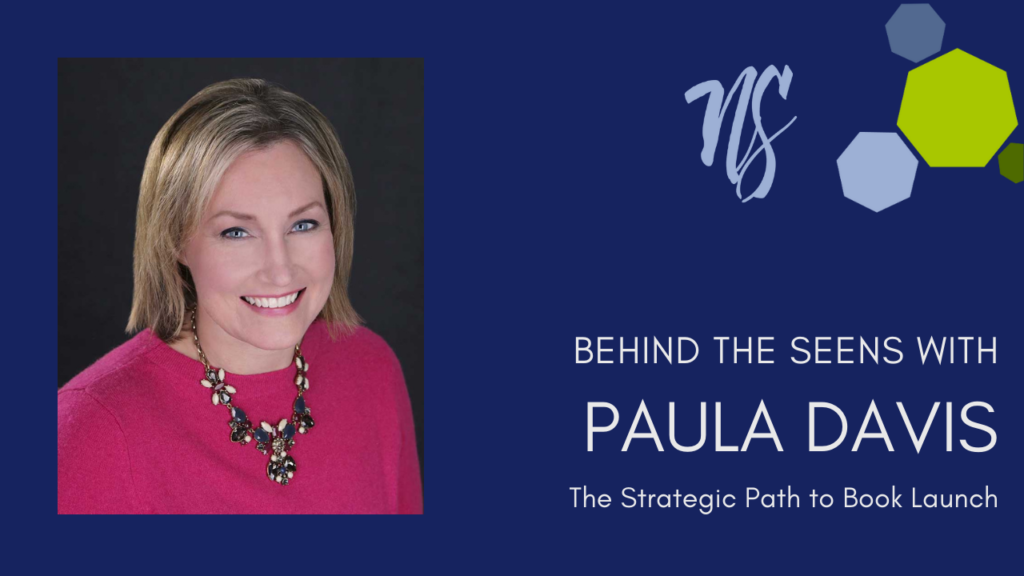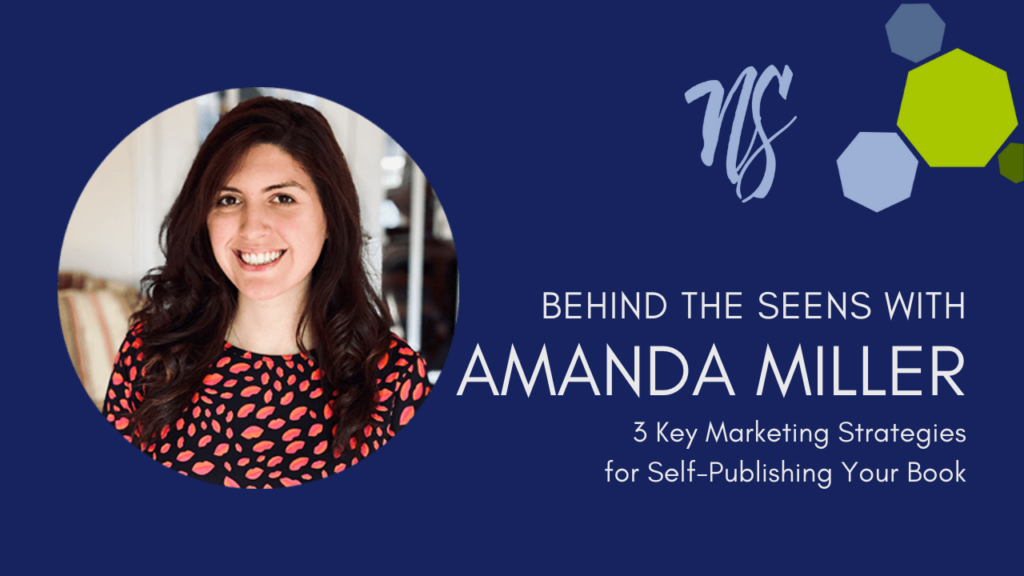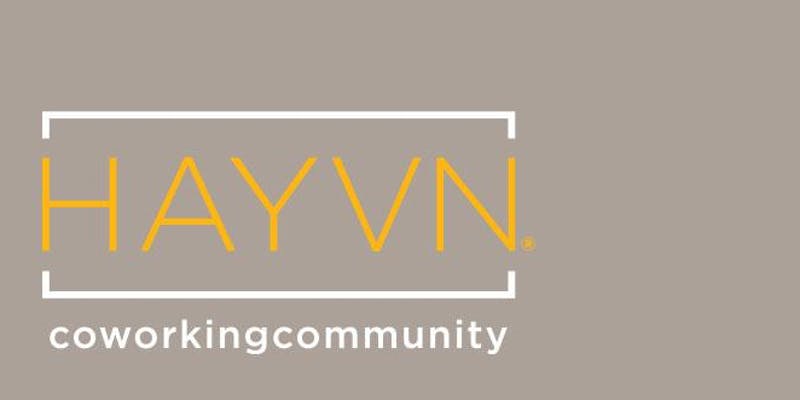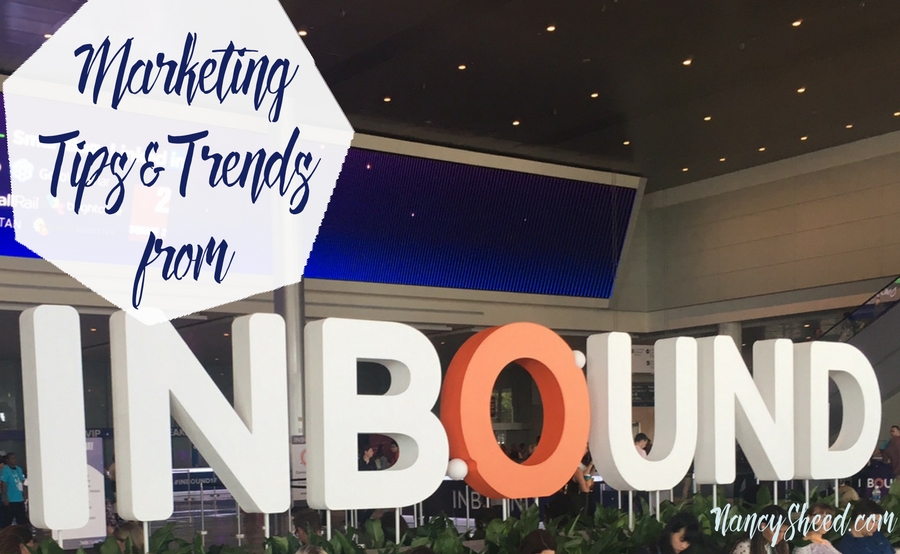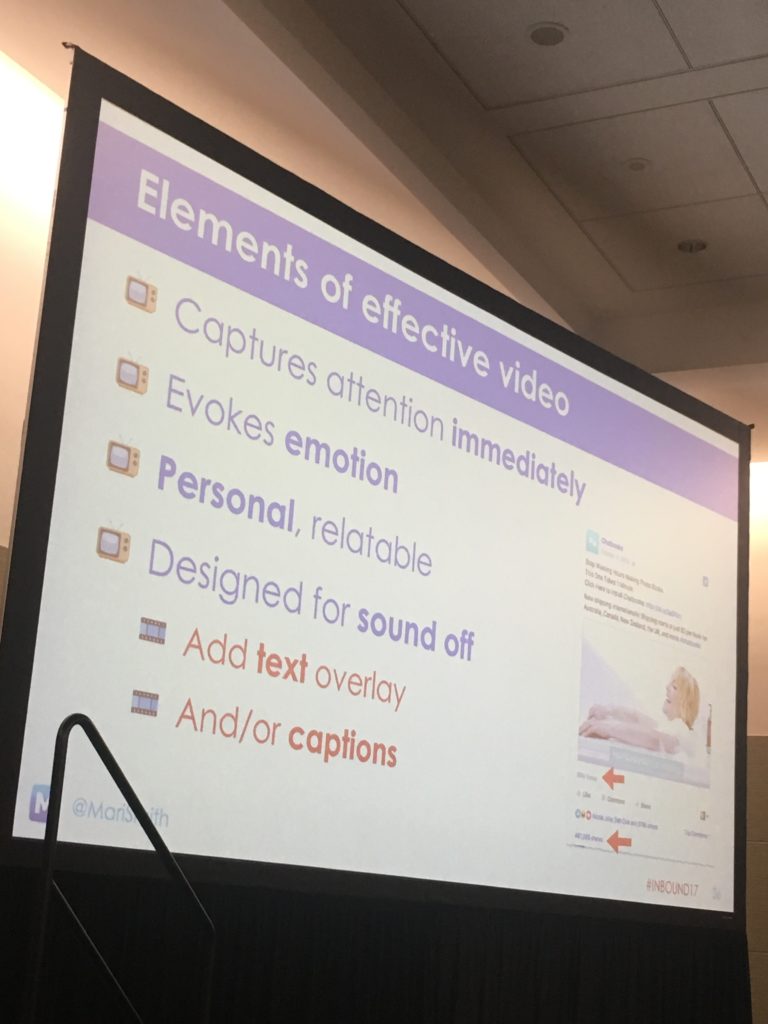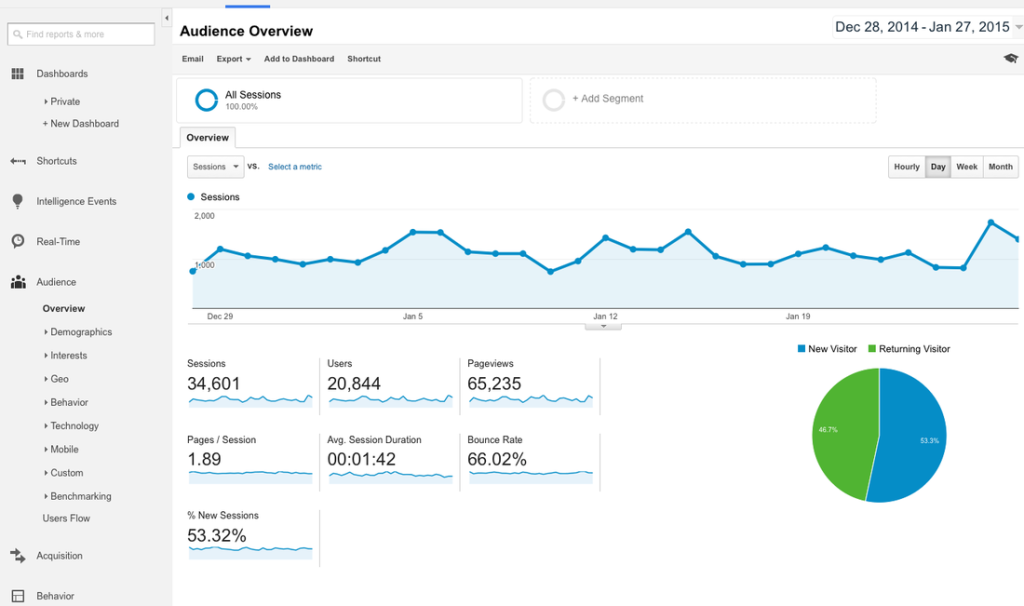Behind the “Seens” with Burnout Prevention and Resilience Expert Paula Davis
Paula Davis knows firsthand about burnout. As a successful lawyer she burned out. But she didn’t initially recognize what was happening. Stress caused her to begin having panic attacks almost daily and when she ended up in the hospital, she knew things had to change.
So begins Paula’s journey into becoming burnout prevention and resilience expert and ultimately the author of Beating Burnout at Work: Why Teams Hold the Secret to Well-Being and Resilience.
After attending the University of Pennsylvania’s Applied Positive Psychology program and starting her work in helping others, she knew she wanted to write a book. She was approached to write proposals several times, to subsequent “no thanks” or “not right now”.
That ended up being a good thing. She explains that originally, she saw her book being in the “self-help” section. As she did more research, gained more experience, and saw how she was helping people and organizations, she realized that she was a business writer and she wanted to write a business book.
“. . . if you want to be a successful business owner you have to be willing to ask the right questions, you have to be willing to listen to the type of feedback that you are getting from your clients, you have to really start to dig into their challenges about become very curious about the world that they are experiencing.”
When Paula listened, the thing she was often asked was how do we address burnout from a leadership perspective. It was clear that this was the deeper, better conversation and it informed the direction of the book.
Once this direction was clear, it changed everything. Her business name, her website, and the content she was creating were all focused on teams and leadership in the business world.
She credits this focus (and her online presence) with another request for a book proposal with Wharton School Press. This time, it was a yes! Timing is everything and she was notified on November 6, 2019, that she would actually be writing her book.
You don’t know what you don’t know, and Paula knew she needed help. Here’s the team (of which I am honored to play a part) she assembled over time to help her with the book.
- Agent
- Editor
- Website team
- Marketing content team
- Virtual assistant
- PR support around launch time
Paula knew that she didn’t just want to write a book that no one read. That’s why creating a promotion and publicity plan was key. She credits finding the right PR person as a big part of the success of her book launch.
Paula explains how getting the team coordinated was the critical support she needed. She was intentional so that everyone understood what steps were being taken, and how all the moving parts worked together.
The book launched March 16, 2021 – with burnout quickly becoming a trending topic. It continues to be at one of the most important issues companies are dealing with in a post-Covid world. Beating Burnout at Work was chosen as a “Next Big Idea” book club nominee and was the #1 best seller in 2021 for Wharton School Press.
Paula continues to do interviews about the book, about burnout, and about building resilient teams.
Post book launch – now what? Paula is back to doing workshops, giving keynote speeches and working with her corporate and legal clients around the globe. The book has become an integral part of her curriculum and work. If you are interested in beating burnout and creating resilient teams in your organization, reach out to Paula and check out Beating Burnout at Work.
Connect with Paula:
Stress and Resilience Institute
Interested in exploring where you are in your expert journey? Let’s chat! If you want to learn more about how to be seen, be found, be heard, please connect with me on the socials or let’s set up a call to chat.
